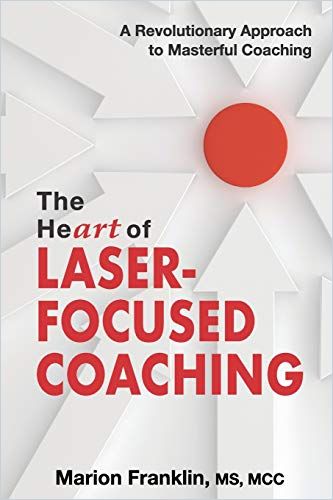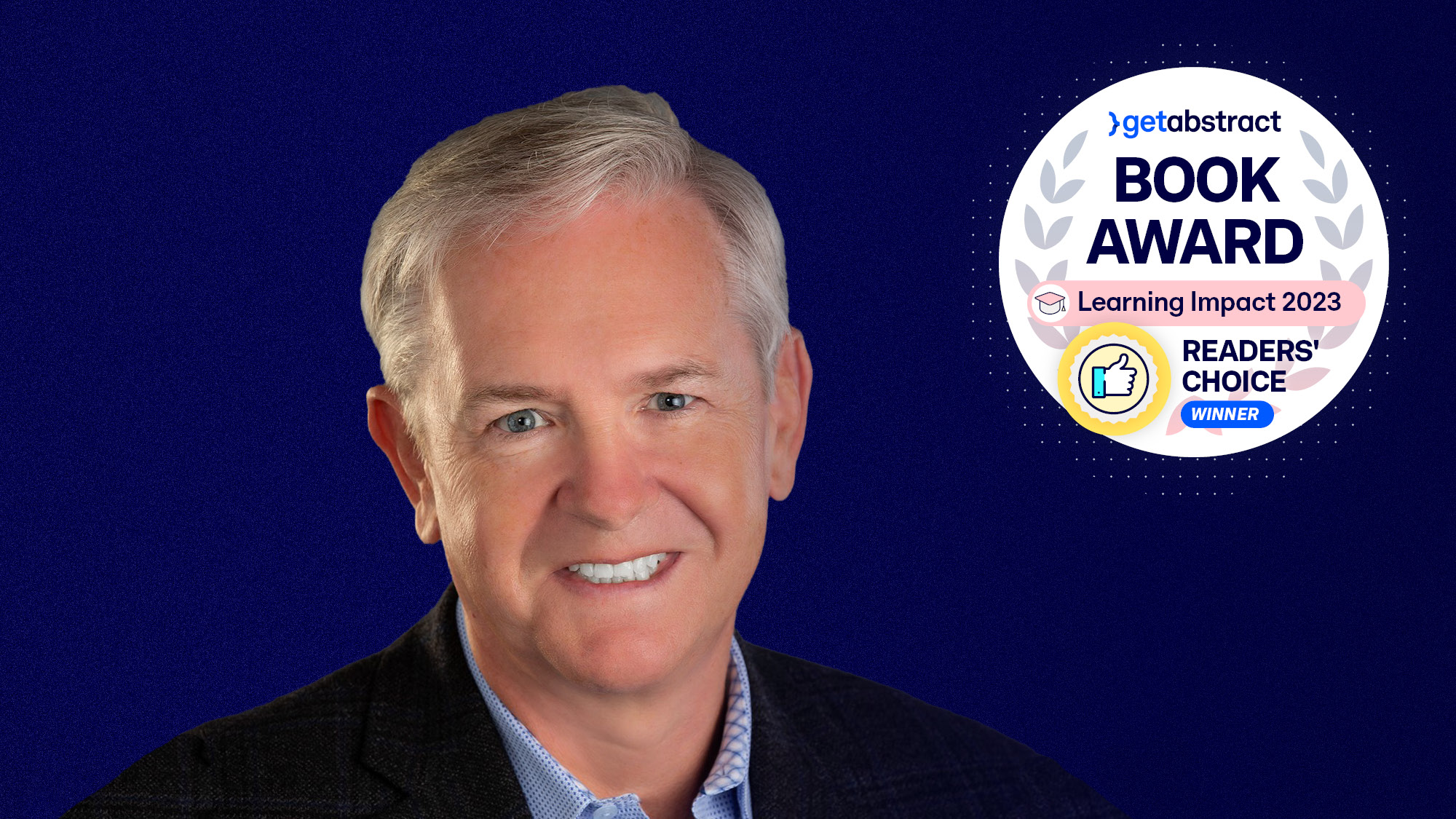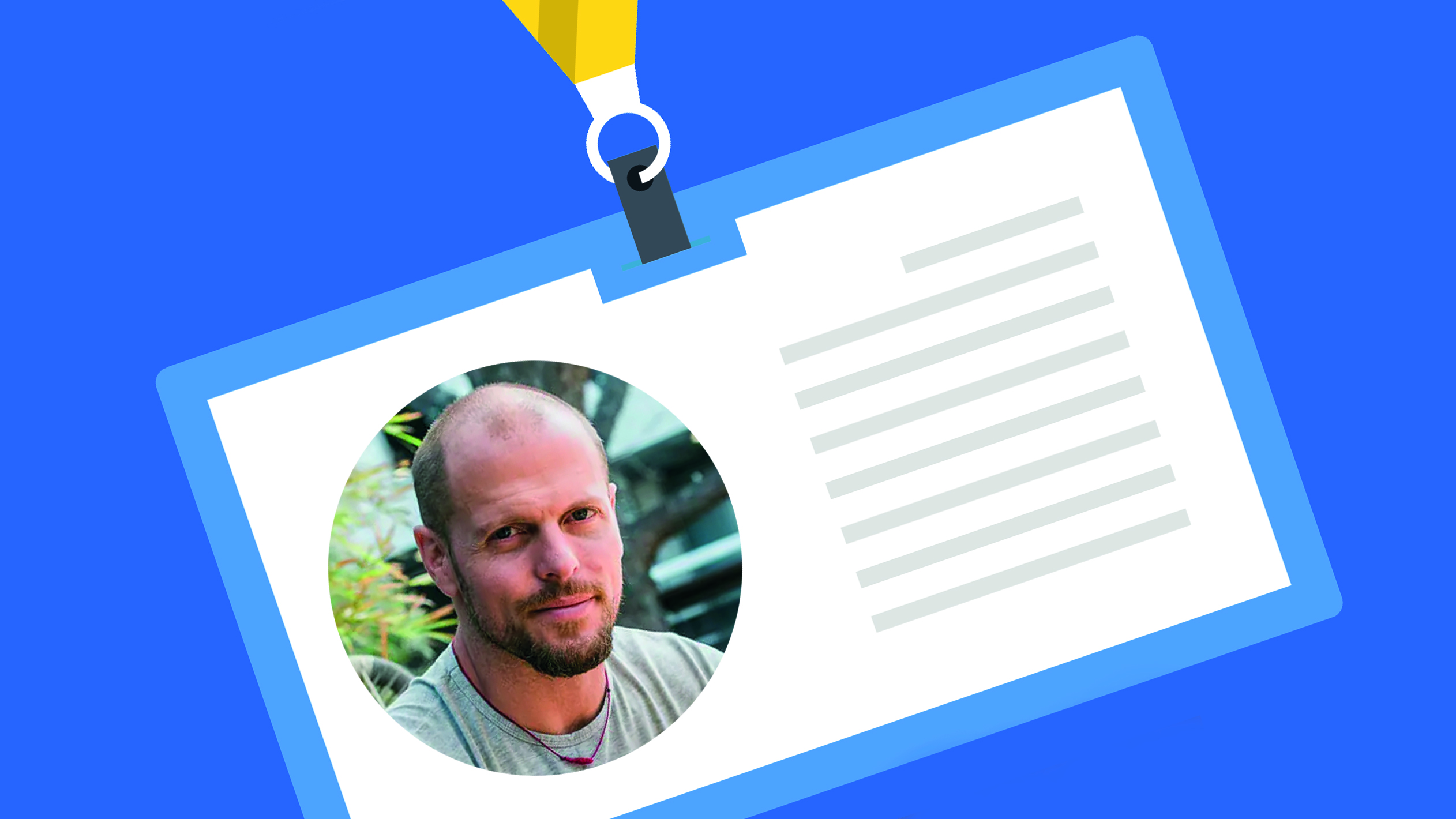“If You’re Good at Coaching, You’ll Eventually Become Obsolete to the Person.”

Marion, The HeART of Laser-Focused Coaching is an excellent addition to getAbstract’s summary library. How do you set your method apart from other popular coaching approaches?
Marion Franklin: Many coaches learn coaching by following a formula. “You start with this, and then you do that.” In laser-focused coaching, there’s no formula which is the number one thing that sets it apart. All I have are pieces that belong in the conversation, and I don’t care what order they come, as long as they’re in there somewhere. So, for example, most coaches want to know more about the story of a person, asking them, “Tell me more.” Every question in laser-focused coaching is about really understanding who the person is. I strictly avoid, “Tell me more” because it is more like a command that makes coaching more about the coach than the person. We simply never need more “story.”
What do you need?
Coaches need to take what a person has given them and go from there to explore. It’s not about what happened but what happened with this person in that situation. And most coaching doesn’t focus on that. Setting laser-focused coaching apart is, secondly, that it’s not focused on getting results.

While results are significant, and you should obtain them, it winds up being very transactional if you focus on them primarily. “Okay, here’s something you can do now” – a coach coming up with some action and moving on – versus “This is transformational” – an insight the person gets on their own and acts based on it. It’s way more essential for me that, after every conversation, people walk away thinking differently than they thought when they came in.
If you coach well and get deep enough, they already have their action steps from the conversation when leaving.
Marion Franklin
But how do you differentiate between a person’s story and the revelation of a person’s self? One could argue: By telling their story, they reveal who they are. Maybe just by the way, but certainly – and if they want it or not.
Well, right, whatever people are telling is coming from their filter. It’s their version of whatever. Most of what people tell us is perception. It’s how they see it. Our job as coaches is to differentiate what’s real and what’s not real, and you only get that through asking the right questions about this person – and not about their stories.
Can you give an example?
The simplest example I give in the book is a person telling me, “My boss hates me.” I hear this regularly. But when I listen to it, that’s just a perception, because I cannot know. That boss might hate the person, but he just as easily might not. I discover through questions, that he’s rude and nasty to everybody. Through the lens of that person, more stories about that boss won’t uncover the truth. But listening for emotion will. So, I focus on what is this person’s emotion as they’re telling me what’s going on. Are they frustrated? Are they angry? Or are they excited? Are they disappointed? Do they feel betrayed? All of that is what I am listening for and focusing on.
Take-Aways:
- When coaching, ask “what” questions instead of “why” questions.
- Silence is a powerful coaching tool, so make sure you don’t ask too many questions too quickly.
- Success in coaching means that a person feels changed after a conversation.
- Coaching-style leadership works best in corporate cultures that have abandoned the top-down management approach.
You suggest exploring clients’ emotions with them but remaining objective as a coach. How do you maintain objectivity and empathy at the same time?
Sure, some coaches have a much harder time doing so than others. But to show empathy is nothing but letting your client know that you understand where they’re coming from. It doesn’t mean that, as the coach, you must take on the emotion. There is a fundamental proficiency, and it’s called “Be comfortable with discomfort.”
No matter what the client is going through, we must be comfortable with that. It’s their process. It’s their life. It’s not our life, our situation, or our emotion. It’s theirs.
Marion Franklin
To show the necessary empathy, I might say, “This sounds like it’s a challenging and difficult thing for you.” But I am not being challenged by it. I am not taking on the feeling. To be objective means that you are focusing on one thing: Observing their emotion. You’ll be an ineffective coach if you start to take it on because you can’t stay objective. When you are “in it” with them, you leave the place of a professional coach.
In the book, you advise asking “what” questions instead of “why” to uncover your client’s truths. That is wonderfully counter-cyclical because in the business world, right now, everyone is asking, “why?” So what is the advantage of “what?”
[Laughs.] Let me ask you personally: Why are we doing this interview?
Because I selected your book to highlight in our Journal.
I am glad you did. But what do you think it was about my book that you decided to do this interview?
The topic of coaching is prevalent among our customers these days, so your book came at just the right time, and it had an appealing rating. Then, of course, the title made the book stand out from the crowd. And when I read the part of the summary that dealt with “Silence as a tool” – we’re getting there later – I found I wanted to talk to the author.
Good. Now, what did you notice about your answers when you compare the two?
The answer to the “what” question was with much greater detail.
Exactly. What you said after the “why” question was only justifying why. “Oh yeah, I liked your book, you know.” But look what you did when I asked the “what” question: You got into it. Answering a “why” question always starts with because, and it tells you exactly that: Why? But the “what” question implies we’re moving forward. “What is it that’s going to make you…”, “What do you think about…” and “What does that mean for…?” Those types of questions will make you think and talk, and they’re going to give me much deeper information to understand you better. Here, the individual justifications and self-declarations do not set the tone but factual situations that are communicated in an evaluated manner.
Point taken. Another piece of advice from your book I’d like to discuss is, “Help clients realize they have choices.” That, after all, is the foundation of any motivation for change. Can you give a concrete example from your experience regarding a stuck client and how you helped?
I had somebody the other day. He said he is a consultant working with a company, and he’s very disturbed by some of their methodology, their integrity and their way of doing things. And it’s really bothering him. So, he tried to determine what led the organization to proceed this way, then tried to advise the managers on different approaches, but nothing changed. That frustrated him. He didn’t see that he has a choice: He could either put up with their behavior or leave. Now, he doesn’t want to leave. That’s clear. But he must know he has that choice and that staying there is a choice that has consequences.
Realizing you have options is one thing – but people also want you to help them choose the “right” one. So how do you go about it?
One of the things I like to do in such situations is to ask people what it costs them to remain with the current conditions. And they’ll answer, “Oh, you know, I don’t sleep well. It costs me a lot of energy, my time…” All typical answers. And then I ask them: Besides your time and energy and whatever they’ve said, what else do you think it’s costing you to stay in this relationship? And that’s when they realize, “Oh my gosh, this is my life, and this is what I make of it.” So, it goes deeper. And sometimes, I’ll ask them, “What do you think you get by staying in this relationship? What’s the benefit?” And they might answer: “Oh, nothing.” So, I counter: “Well, there must be something, or you wouldn’t be there.” So that’s exactly how that conversation goes. Together, we get to the bottom of the actual problem and uncover options for change.
Your book is a lot about such fruitful conversations, but at a crucial point, it’s also about the opposite: silence. And here comes my favorite technique: “Use silence as a tool.” Of course, if I was a coach billing by the hour, then using silence as a tool makes a lot of sense. But humor aside, silence does not seem to lead to a solution for a coachee.
May I ask you another question to illustrate what I mean?
Sure.
What was on your mind before we sat down to do this interview?
I would need some time to figure that out.
Exactly. You’re going to need to think for a moment. It would help if you had that silence. Now, especially when something profound has happened in the conversation, you need the time to think and reflect because you’re already processing your thoughts. Your mind is already going through all sorts of stuff, and you’re already thinking about what it will look like or sound like or feel like. And you’re already thinking how it’s going to come out, and you’re already well into this mind process – and I’m not going to interrupt that.
When you’ve asked a question that will make the person think – which, basically, should be every question you ask as a coach – and the person answers, I also advise to always wait another 10 seconds because you never know when more is coming.
Marion Franklin
But doesn’t that make your counterpart feel inconvenient?
No, it’s actually the other way around. Sometimes, I play a recording of an actual coaching conversation to the audience in my training. I coach somebody and record it, and people listen. And the usual feedback I get afterward is: “I just can’t believe how much silence there was.” So, you’re right about how human beings are so uncomfortable with silence. But that is precisely why they will want to fill it.” The excellent news in coaching is that silence gets filled with the information we need as coaches, and it also allows people to think things through at the same time. So, silence winds up, in my opinion, being the best thing ever. It serves us by allowing the client to think things through and provides us with helpful information about the person when they finally speak.

Asking the right questions, listening, waiting in silence – at some point, however, your customers are bound to want answers to their questions, to their situations. When they run out of patience and want to hear your opinion, what do you do?
At that point, I usually say to them: “I’m happy to give you my answer. But that would be what works for me. And first, we need to figure out what’s best for you. Then, I’ll be happy to tell you.” And most of the time, by the time we get to that, they could give a flying crap about what I have to say. Because if we really do coaching, the people will figure out how to handle it on their own. They learn more about themselves and discover different skills and tools to take care of themselves. May I add another example?
Sure.
I had a person who I worked with for a few years. Several years after we stopped, she sent me a note telling me she had been through breast cancer and never needed to reach out to me. She said: “Because I had all of the tools I needed just from our conversations, I made it on my own.” Yes, sure, she could have reached out to me. But the point here is that, technically, ironically, a coach’s job is to talk yourself out of being their coach. If you’re good at coaching, you’ll eventually become obsolete to the person.
So that’s the success part. But what are the common reasons a coaching “fails”?
When the client doesn’t do the work they’re supposed to do. In other words: when they’re not invested. The same applies to the coach: When they’re too focused on themselves – “How am I doing?” or “I hope that was a good question?” – that makes for lousy coaching and doesn’t lead to success. Successful coaching means the person walks away from the conversation, thinking differently, feeling differently. They must feel that something has changed for them. The most common word for that state of mind I hear is “lighter.” After a good conversation, they feel lighter.
If a coach makes you feel lighter, both of you succeed.
Marion Franklin
That’s why, I think, there is a lot of talk about coaching-style leadership at the moment. It’s presented as a win-win situation for organizations. But, after reading your book, one must ask: Aren’t “leadership” and “coaching” somewhat mutually exclusive?
If we go to extremes, there are two leadership styles: There’s the leader from the top down: “This is what we’re going to do. This is how we’re going to do it. And this is what you need to do.” Nobody likes that kind of leader, but they are still quite common. And then we have that kind of bottom-up leader: “Well, how should we do X, Y or Z? I’d like you, my colleagues, to come up with some ideas, and then we’ll talk about it.” That type of leader is helping his or her team members develop, right? Yet, the leader can and has to decide on a final solution after listening to problem-solving ideas. But the leader has gotten his or her peers to be more a part of that decision and to help them improve as human beings. That’s what a good leader does. A good leader doesn’t just tell. A good leader takes the input and the individual in mind.
But many more challenging decisions end up being very lonely anyway, don’t they?
Yes, you do have to make some tough decisions without question. And they may impact people negatively, but a leader who asks questions – “what” questions in particular – and tries to understand what’s underneath a difficult situation generates context. And this context leads your people to trust and follow you. That’s my idea of coaching-style leadership. It makes a lot of sense, and it works. But it only works in an environment where the parts of an organization are tuned into it.
So the problem with coaching-style leadership is not the model itself but its fit into an ecosystem?
In almost all cases, yes. The company culture and the leadership style have to fit together. Otherwise, even the best coaching boss can’t make a difference. So, therefore, it is one of the great challenges of our time that we make our organizations compatible with new ways of questioning and more open leadership styles. Coaching can help with this transformation.
About the Author
Marion Franklin is a master coach, mentor and teacher. She is author of the audiobook, Life’s Little Lessons: Improve Your Life One Lesson at a Time.





